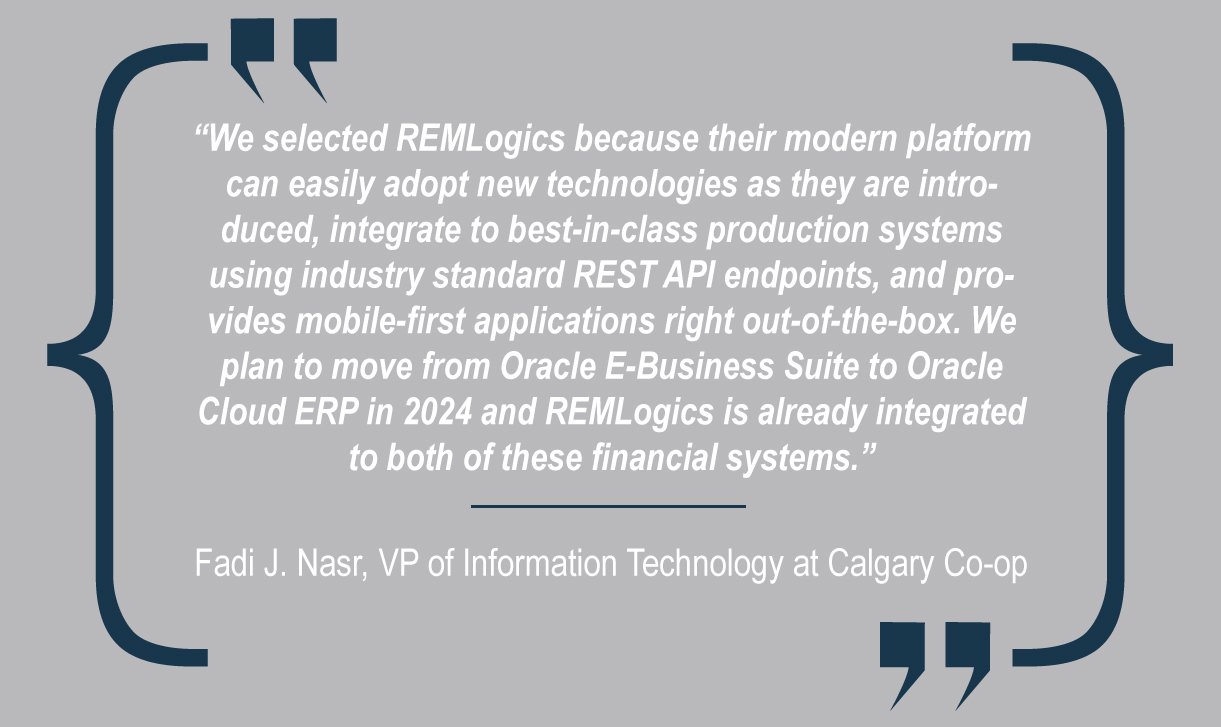Real Estate Management — It’s What We Do.
At REMLogics, we specialize in modern software applications for commercial, multi-family, and mixed-use property management. With decades of industry experience and deep software development expertise, we've earned the trust of real estate professionals by consistently delivering value, innovation, and results.
Our promise is simple: to empower your business with future-proof, cloud-based real estate management applications designed for speed, flexibility, innovation, and scalability to help you stay ahead in a fast-moving industry.
Our modern Enterprise Applications Platform (EAP) delivers:
Flexibility to adapt as your needs evolve
Scalability for growth at any pace
Built-in security, compliance, and auditability
Seamless API integration with best-in-class solutions
A mobile-first design mindset to stay connected from anywhere, at anytime, from any device
A powerful No-Code Development Studio (NCDS) to innovate fast and operate on your terms
Whether you're optimizing operations, enhancing tenant experiences, or unlocking new revenue streams, REMLogics is your trusted business partner.
With REMLogics, you’re in control of what happens next. So…what’s your next?
Our Difference
Why Organizations Go with a Modern Real Estate Management Enterprise Applications Platform Over the Big Name Legacy Systems?
1. User Experience (UX) Actually Matters Now
Older platforms are known for clunky, outdated interfaces that require weeks of training.
Newer apps focus on intuitive design, clean dashboards, and mobile-first experiences.
Your team won’t need a manual just to run a rent roll or schedule maintenance.
"Do I need a PhD in Excel to use this?" — a common first impression of older systems.
2. Modern APIs = Easier Integrations
New platforms are usually built with a industry standard API-first mindset.
That means smoother, faster connections with CRMs, accounting tools, payment, building security systems, gateways, IoT devices, space planning apps, etc.
Older platforms often require costly custom integrations or third-party middleware — built by the software vendor or an expensive consultant. You’ll typically pay for someone to maintain it too.
3. Speed of Innovation
Startups and newer platforms iterate faster — monthly updates, not annual patches.
They offer no-code development tools to customize existing apps or create new ones fast to meet changing business needs.
They’re more responsive to customer feedback and market trends (like ESG, tenant experience, or flexible lease models).
You won’t be stuck waiting two years for that “coming soon” feature.
You don’t get stuck with a re-implementation or lengthy update that wastes too much time and money.
4. Cloud-Native vs. Cloud-Hosted
Many legacy systems are just “lifted and shifted” to the cloud, not built for it.
Modern apps are usually cloud-native, meaning:
Better performance and scalability
Lower infrastructure costs
Tighter security
No more managing clunky VPNs or local installations
5. Data Accessibility and Analytics
Legacy systems might store data in silos or hard-to-export formats.
Modern platforms come with built-in role-based dashboards, data visualizations, customizable reporting, and real-time, dynamic insights.
They make data useful, not just stored.
Modern platforms empower AI to make work more efficient and productive.
6. Mobile-Ready for Field Teams and Tenants
A mobile-first design approach ensures native apps work fast for all stakeholders — executives, leasing agents, property managers, facility maintenance teams, and tenants on the go.
Makes access to insights quicker so you can make smarter, more informed decisions.
You get tenant and vendor portals, real-time tenant service quests, digital inspections, access to blue prints and floor plans, photo uploads, remote access — no more spreadsheets, clipboards or double-entry.
7. Pricing Transparency & Flexibility
Newer platforms usually offer clearer, modular pricing and less vendor lock-in.
With legacy software vendors, pricing can be opaque and nickel-and-dime you for every new feature, module or end-user.
8. Artificial Intelligence
New platforms embrace AI to make work easier and faster.
Provide a AI-driven guide to navigate apps, workflows, and software help.
They offer a seamless and familiar chat experience for end-users to get timely and accurate information so they can perform a specific function, like finding a specific leasing deal, calculate a commission, create a tenant invoice, or look up a complex CAM calculation.
9. Culture Fit for the Modern Team
New platforms often come with a better customer success approach, easier onboarding, and modern documentation (not a 400-page PDF).
They're often more collaborative — listening to customer roadmaps and co-developing solutions.
Built for the Next Decade — Not the Last
If you want an Enterprise Applications Platform (EAP) that offers no-code, moves fast, feels modern, innovates, integrates easily, and makes your team more productive, a newer, modern solution is worth a serious look. The big names still work, but they’re built for the last decade — not the next one.
Our Difference
Why Organizations Go with a Modern Real Estate Management Solution Over Legacy Systems?
1. User Experience (UX) Actually Matters Now
Older platforms are known for clunky, outdated interfaces that require weeks of training.
Newer apps focus on intuitive design, clean dashboards, and mobile-first experiences.
Your team won’t need a manual just to run a rent roll or schedule maintenance.
"Do I need a PhD in Excel to use this?" — a common first impression of older systems.
2. Modern APIs = Easier Integrations
New platforms are usually built with a industry standard API-first mondset.
That means smoother, faster connections with CRMs, accounting tools, payment, building security systems, gateways, IoT devices, space planning apps, etc.
Older platforms often require costly custom integrations or third-party middleware — built by the software vendor or an expensive consultant. You’ll typically pay for someone to maintain it too.
3. Speed of Innovation
Startups and newer platforms iterate faster — monthly updates, not annual patches.
They’re more responsive to customer feedback and market trends (like ESG, tenant experience, or flexible lease models).
You won’t be stuck waiting two years for that “coming soon” feature.
4. Cloud-Native vs. Cloud-Hosted
Many legacy systems are just “lifted and shifted” to the cloud, not built for it.
Modern apps are usually cloud-native, meaning:
Better performance and scalability
Lower infrastructure costs
No more managing clunky VPNs or local installations
5. Data Accessibility and Analytics
Legacy systems might store data in silos or hard-to-export formats.
Modern platforms often come with built-in dashboards, customizable reporting, and real-time, dynamic insights.
They make data useful, not just stored.
Modern platforms empower AI to make work more efficient and faster.
6. Mobile-Ready for Field Teams and Tenants
New tools offer native apps or responsive web apps that work for executives, leasing agents, property managers, facility maintenance teams, and tenants on the go.
You get digital inspections, photo uploads, remote access — no more clipboards or double-entry.
7. Pricing Transparency & Flexibility
Newer platforms usually offer clearer, modular pricing and less vendor lock-in.
With legacy software vendors, pricing can be opaque and nickel-and-dime you for every new feature, module or end-user.
8. Culture Fit for the Modern Team
New platforms often come with a better customer success approach, easier onboarding, and modern documentation (not a 400-page PDF).
They're often more collaborative — listening to customer roadmaps and co-developing solutions.
We’re Built for the Next Decade — Not the Last
If you want an Enterprise Applications Platform (EAP) that offers no-code, moves fast, feels modern, innovates, integrates easily, and makes your team more productive, a newer, modern solution is worth a serious look. The big names still work, but they’re built for the last decade — not the next one.
We’re Driven by Ed’s Artificial Intelligence
Meet Ed, your AI-driven guide to navigating REMLogics applications. Ask Ed how to perform a specific function like finding a specific deal, calculate a commission, create a tenant invoice, or look up a complex CAM calculation. Powered by advanced Large Language Models (LLMs), Ed offers a seamless and familiar chat experience for end-users to get timely and accurate product support.





